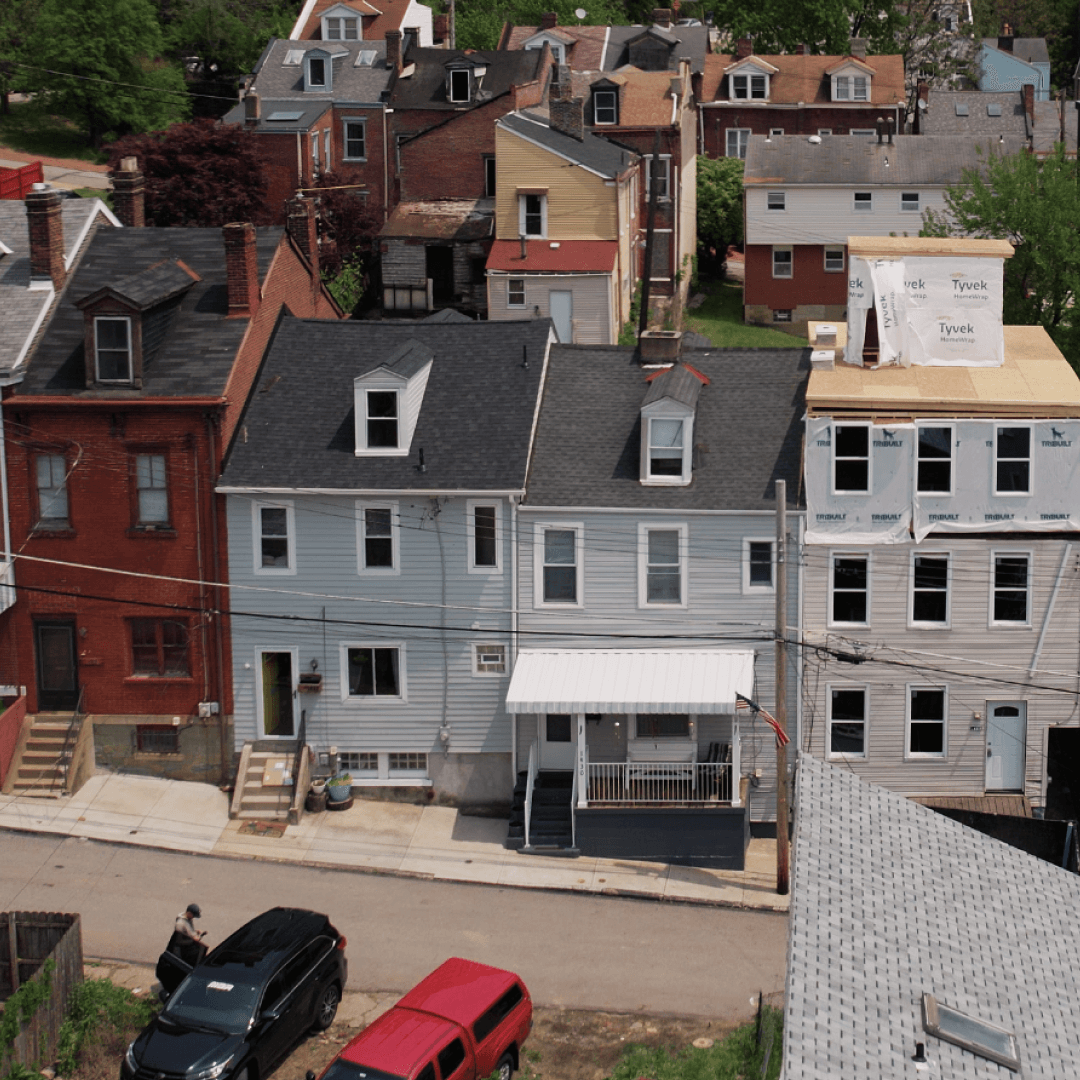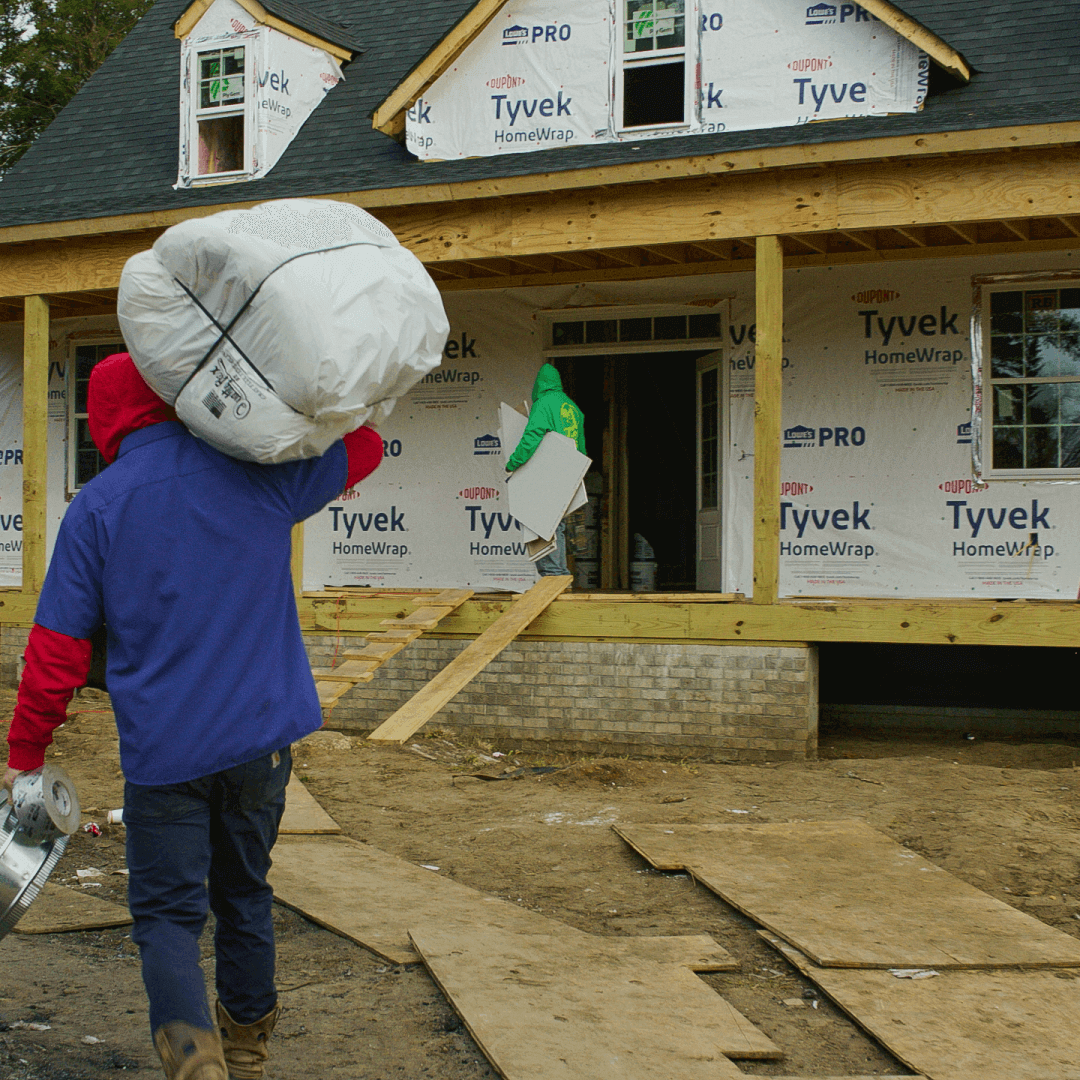In the first installments of A Guide to Investing with Fund That Flip, you learned the basics of real estate crowdfunding, why Fund That Flip may be the right platform for you to invest with, and how to track and analyze your money after you've invested. In this article, we'll explain what happens if a loan you invested in defaults.

Fund That Flip’s team provides updates to investors throughout the life of the loan. These updates are provided after speaking with the developer and their team as they reach different milestones. These can include, but are not limited to obtaining the necessary permits, properties going under contract to sell, and receiving term sheets from other lenders to refinance. One of the most common updates is disbursement of construction draws. Fund That Flip orders third party inspections and disburses a holdback amount as the rehab continues to progress on the project. These updates include percentage of completion as well as updated photos.
When our Borrower Success team identifies a change in borrower behavior such as missed interest payments, lack of project progression, or non-responsiveness, our Asset Management Team begins to analyze the variables and put into motion a risk mitigation strategy that seeks to maximize the preservation of principal. Typical options considered include:
- Short Sale - A short sale occurs when a financially distressed borrower sells the subject property for less than the full payoff amount. This option allows for an expeditious exit and timelier return of investor capital without a lengthy and costly foreclosure action.
- Sell the Note – At times we sell non-performing mortgage Notes rather than pursuing Foreclosure. We solicit offers for Notes via several individual and institutional channels. A Note sale may be at a discounted rate, which like a Short Sale, avoids the uncertainty, cost and time of a foreclosure.
- Deed in Lieu – A Deed in Lieu (DIL) of foreclosure is a process that transfers title of a property from the borrower to the lender in exchange for being relieved of the mortgage obligation. This is much more expeditious than Foreclosure, however, any liens or other amounts due will remain on title and become the responsibility of the lender.
- Foreclosure – A legal process by which a lender takes ownership of and sells the mortgaged property in an attempt to recover the amount owed on the defaulted loan. Foreclosures will remove liens, with exception of property tax and city liens, from title. Legal feels can accumulate very quickly, and timeline for repossession and sale to end buyer be unpredictable and long.
Each non-performing loan has its own unique circumstances, which are carefully evaluated before identifying the strategy that best mitigates the exit timeline and the associated cost.
After reviewing each situation and considering each option carefully, our asset management team makes a decision that they deem best for all involved parties. We are committed to maximizing the recovery of principal for our investors and hope you will trust us to make the best decision possible, should these circumstances arise. You can hear our CEO Matt Rodak and SVP of Operations Chris Draudt discuss loan performance more on this episode of Investor Insights.
Read previous or next article:

Ready to invest in your next deal? View our open deals and earn as high as 10% annual returns!





